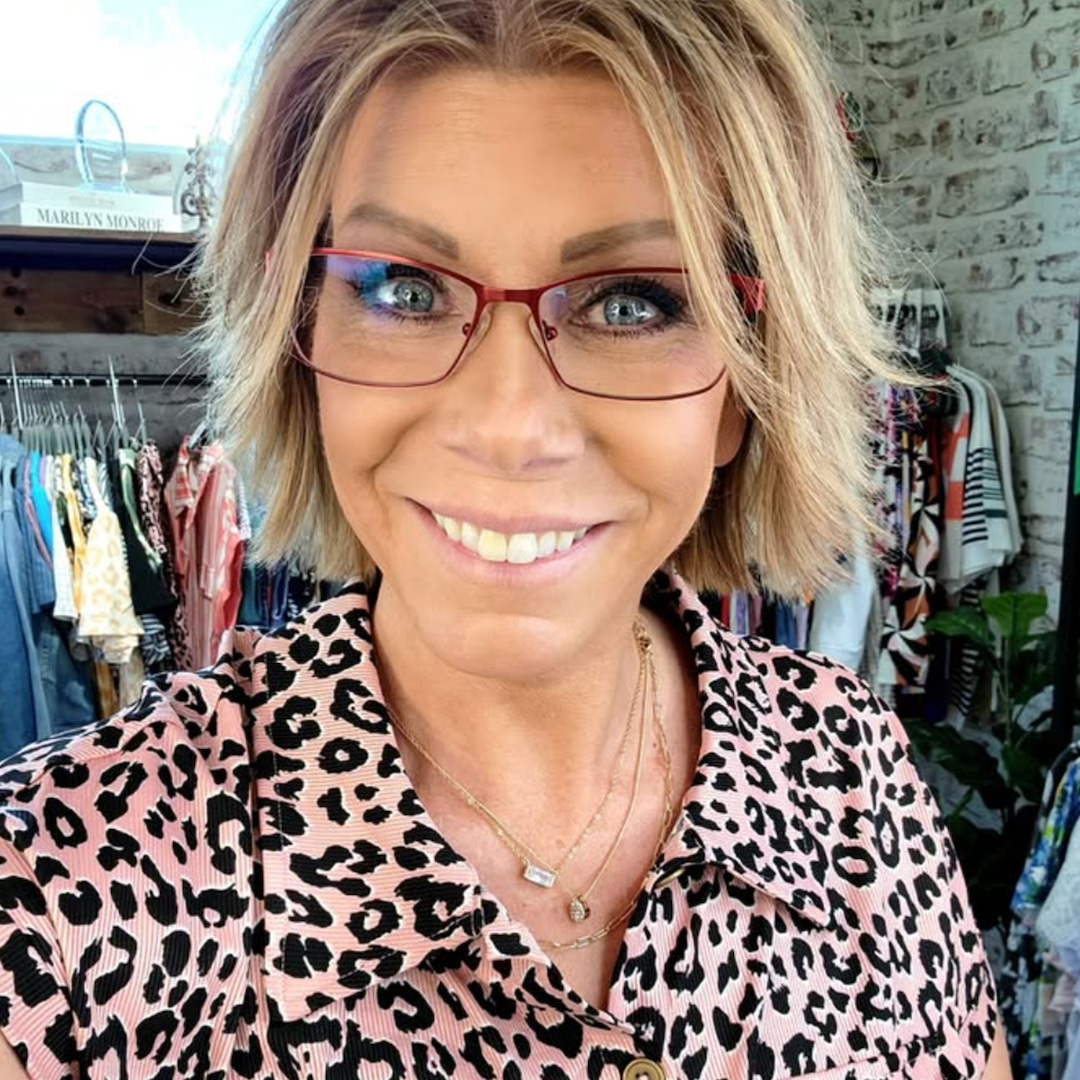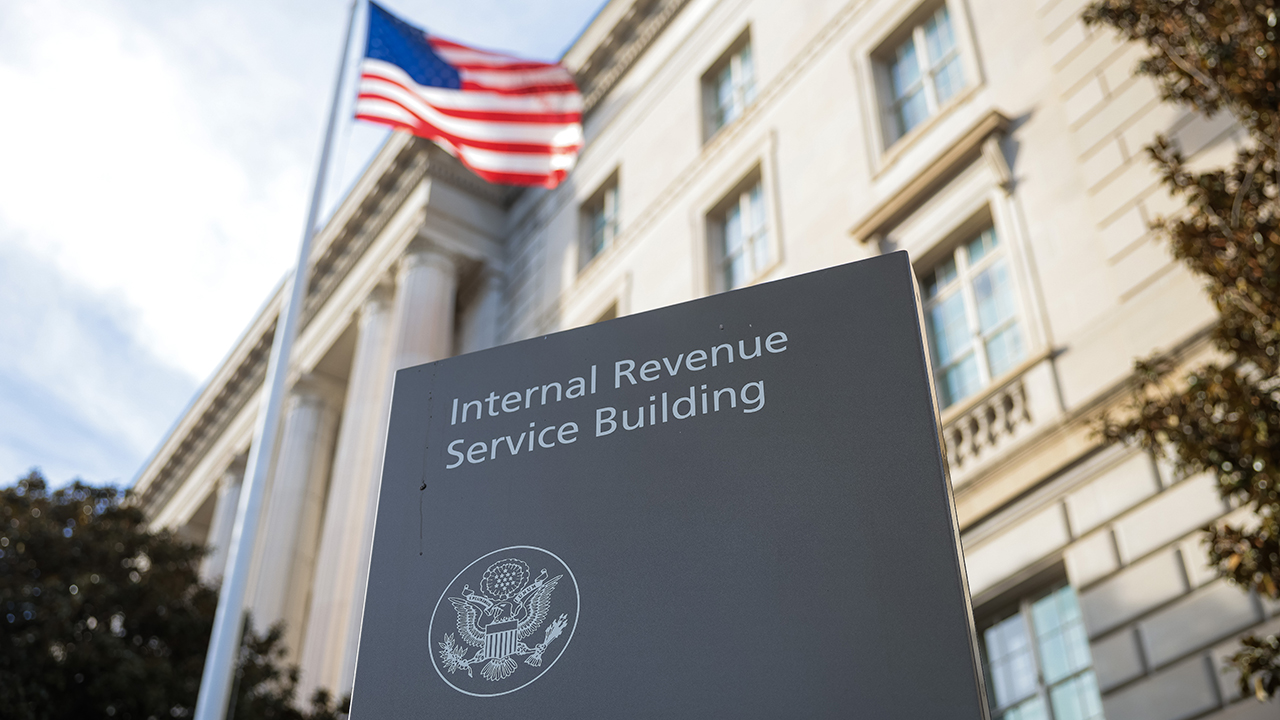Measles Outbreak Expands Begging for a Drug to Treat the Infection – NanoViricides Declares it is Ready to Fight the Outbreak

SHELTON, CT / ACCESS Newswire / April 14, 2025 / NanoViricides, Inc., a publicly traded company (NYSE Amer.:NNVC) (the “Company”), and a leading global pioneer in the development of broad-spectrum antivirals based on host-mimetic nanomedicine technology that viruses cannot escape, announced today that it has begun evaluation of its clinical drug NV-387 for the treatment of the Measles virus.
“A drug for measles is at present a completely missing link in the response to measles virus outbreak,” said Anil R. Diwan, Ph.D., President & Executive Chairman of the Company, declaring, “Viral spread cannot be contained without an effective drug to minimize illness and stop the virus transmission from the patients.”
NanoViricides already has a clinical stage broad-spectrum antiviral drug NV-387 that may be effective for treating Measles infection. NV-387 was found to cure lethal RSV infection in an animal model. Measles virus is related to RSV, and both use the heparan sulfate proteoglycan (HSPG) for infection. NV-387 mimics HSPG, presents itself as a decoy to the virus, and is capable of destroying the virus particle thereby stalling the continuous infection and spread of virus in the body. This provides strong rationale for use of NV-387 to combat Measles virus.
NanoViricides is open to enabling use of NV-387 to combat Measles virus infection in hospitalized patients and welcomes inquiries that are consistent with current FDA regulatory requirements under “Emergency Expanded Access for an Individual Patient” and under “Expanded Access for an Individual Patient”.
NV-387 has already completed a Phase I human clinical trial with no reported adverse events, indicating excellent safety and tolerability. Additionally, NV-387 was found to be substantially more effective than approved drugs (where available) against Influenza, COVID-19, RSV, and MPox in relevant animal models. These four unrelated viruses have in common the fact that they all use HSPG for infection.
The Company has planned additional laboratory studies to evaluate the effectiveness of NV-387 against Measles virus infection in cell culture and animal models to support a future IND application, although we believe the results of these studies would not be required for use of NV-387 under FDA regulations pertaining to “Emergency Expanded Access for an Individual Patient”.
Measles cases in the USA have continued to rise this year, and the number of jurisdictions has continued to expand. Already, CDC update as of April 11 lists 712 total confirmed cases, but only 11% (79) hospitalizations, yet 3 deaths (one under investigation). At least 3% of confirmed cases in 2025 were in known vaccinated persons. (https://www.cdc.gov/measles/data-research/index.html).
The CDC data clearly indicate that surveillance and reporting of Measles cases in 2025 has been much more robust than in 2024[1].
Alarmingly, the CDC data suggest that increased vaccination is unlikely to lead to stopping future outbreaks[2]. Measles is highly communicable, and it is traditionally believed that a vaccine coverage of 95-97% would be required to attain “herd immunity”, i.e. to block spread of virus by continuing the chain of transmission. Worse yet, the potentially waning effectiveness of the current 1968-derived Measles vaccine would require even greater coverage for herd immunity. Clearly, this is an unrealistic goal, especially since a whole range of people are ineligible for the vaccine because of immune system disorders and other issues.
Thus, without a drug to treat the measles infected patients, the outbreak is unlikely to be tamed readily. This is because the infected persons continue to transmit virus for a very long time, and isolation for such long periods is neither justifiable nor practicable.
“We continue to hear a loud outcry from leading scientists that there is no drug to combat Measles virus,” said Anil R. Diwan, Ph.D., President & Executive Chairman of the Company, warning further that “Without a drug, there is no help for the patients, and the virus continues to expand its reach, in spite of increased vaccination campaigns. Without a drug, vaccination alone will not provide a robust response to combat Measles today and in the future.”
“The leading scientists should support our efforts at developing NV-387 and enabling a true victory over the Measles virus,” Dr. Diwan declared, “rather than merely clamoring about the vaccine.”
As discussed in prior press releases, NV-387 is expected to remain an effective treatment even as viruses mutate.
NanoViricides, Inc. (the “Company”) (www.nanoviricides.com) is a publicly traded (NYSE Amer.: NNVC) clinical stage company that is creating special purpose nanomaterials for antiviral therapy. The Company’s novel nanoviricide class of drug candidates and the nanoviricide
class of drug candidates and the nanoviricide technology are based on intellectual property, technology and proprietary know-how of TheraCour Pharma, Inc. The Company has a Memorandum of Understanding with TheraCour for the development of drugs based on these technologies for all antiviral infections. The MoU does not include cancer and similar diseases that may have viral origin but require different kinds of treatments.
technology are based on intellectual property, technology and proprietary know-how of TheraCour Pharma, Inc. The Company has a Memorandum of Understanding with TheraCour for the development of drugs based on these technologies for all antiviral infections. The MoU does not include cancer and similar diseases that may have viral origin but require different kinds of treatments.
The Company has obtained broad, exclusive, sub-licensable, field licenses to drugs developed in several licensed fields from TheraCour Pharma, Inc. The Company’s business model is based on licensing technology from TheraCour Pharma Inc. for specific application verticals of specific viruses, as established at its foundation in 2005.
Our lead drug candidate is NV-387, a broad-spectrum antiviral drug that we plan to develop as a treatment of RSV, COVID, Long COVID, Influenza, and other respiratory viral infections, as well as MPOX/Smallpox infections. Our other advanced drug candidate is NV-HHV-1 for the treatment of Shingles. The Company cannot project an exact date for filing an IND for any of its drugs because of dependence on a number of external collaborators and consultants. The Company is currently focused on advancing NV-387 into Phase II human clinical trials.
The Company is also developing drugs against a number of viral diseases including oral and genital Herpes, viral diseases of the eye including EKC and herpes keratitis, H1N1 swine flu, H5N1 bird flu, seasonal Influenza, HIV, Hepatitis C, Rabies, Dengue fever, and Ebola virus, among others. NanoViricides’ platform technology and programs are based on the TheraCour® nanomedicine technology of TheraCour, which TheraCour licenses from AllExcel. NanoViricides holds a worldwide exclusive perpetual license to this technology for several drugs with specific targeting mechanisms in perpetuity for the treatment of the following human viral diseases: Human Immunodeficiency Virus (HIV/AIDS), Hepatitis B Virus (HBV), Hepatitis C Virus (HCV), Rabies, Herpes Simplex Virus (HSV-1 and HSV-2), Varicella-Zoster Virus (VZV), Influenza and Asian Bird Flu Virus, Dengue viruses, Japanese Encephalitis virus, West Nile Virus, Ebola/Marburg viruses, and certain Coronaviruses. The Company intends to obtain a license for RSV, Poxviruses, and/or Enteroviruses if the initial research is successful. As is customary, the Company must state the risk factor that the path to typical drug development of any pharmaceutical product is extremely lengthy and requires substantial capital. As with any drug development efforts by any company, there can be no assurance at this time that any of the Company’s pharmaceutical candidates would show sufficient effectiveness and safety for human clinical development. Further, there can be no assurance at this time that successful results against coronavirus in our lab will lead to successful clinical trials or a successful pharmaceutical product.
This press release contains forward-looking statements that reflect the Company’s current expectation regarding future events. Actual events could differ materially and substantially from those projected herein and depend on a number of factors. Certain statements in this release, and other written or oral statements made by NanoViricides, Inc. are “forward-looking statements” within the meaning of Section 27A of the Securities Act of 1933 and Section 21E of the Securities Exchange Act of 1934. You should not place undue reliance on forward-looking statements since they involve known and unknown risks, uncertainties and other factors which are, in some cases, beyond the Company’s control and which could, and likely will, materially affect actual results, levels of activity, performance or achievements. The Company assumes no obligation to publicly update or revise these forward-looking statements for any reason, or to update the reasons actual results could differ materially from those anticipated in these forward-looking statements, even if new information becomes available in the future. Important factors that could cause actual results to differ materially from the company’s expectations include, but are not limited to, those factors that are disclosed under the heading “Risk Factors” and elsewhere in documents filed by the company from time to time with the United States Securities and Exchange Commission and other regulatory authorities. Although it is not possible to predict or identify all such factors, they may include the following: demonstration and proof of principle in preclinical trials that a nanoviricide is safe and effective; successful development of our product candidates; our ability to seek and obtain regulatory approvals, including with respect to the indications we are seeking; the successful commercialization of our product candidates; and market acceptance of our products.
The phrases “safety”, “effectiveness” and equivalent phrases as used in this press release refer to research findings including clinical trials as the customary research usage and do not indicate evaluation of safety or effectiveness by the US FDA.
FDA refers to US Food and Drug Administration. IND application refers to “Investigational New Drug” application. cGMP refers to current Good Manufacturing Practices. CMC refers to “Chemistry, Manufacture, and Controls”. CHMP refers to the Committee for Medicinal Products for Human Use, which is the European Medicines Agency’s (EMA) committee responsible for human medicines. API stands for “Active Pharmaceutical Ingredient”. WHO is the World Health Organization. R&D refers to Research and Development.
Contact:
NanoViricides, Inc.
[email protected]
Public Relations Contact:
[email protected]
[1] In contrast to 2025 as of April 11, CDC reported in 2024 a total of only 285 confirmed cases, but a whopping 40% (114 cases) hospitalizations, and one death. In 2024, at least 11% of cases were in known vaccinated adults. The CDC data clearly show that the confirmed case count in 2024 should have been probably as much as 3 times greater than the 2025 case count when corrected for severity of disease, to produce the same number of hospitalized cases (i.e. balancing the hospitalization rate.) If 79 hospitalizations correspond to 712 reported infections in 2025, the 114 hospitalizations in 2024 should have resulted in 1,027 reported “confirmed” cases, indicating extreme underreporting during 2024!
[2] This is because the vaccine failure rate stands at about 28% when calculated as a percentage of the hospitalization rate in both 2025 and 2024 [2]. This should not be surprising as the current U.S. Measles vaccine was introduced way back in 1968, and the Measles virus has drifted since then albeit far more slowly than influenza or corona- viruses. Vaccine failure rate: In 2024, on 114 cases of hospitalizations, the known vaccine failure cases were 32, or 28% of severe cases. In 2025 so far, on 79 cases of hospitalizations, the known vaccine failure cases were 22, or 28% of severe cases. Given that reporting in 2024 appears to be more robust than in 2024 based on reported numbers, hospitalization rate is the right metric to compare the years and not confirmed cases. There are clear criteria for hospitalizations.
SOURCE: NanoViricides
View the original press release on ACCESS Newswire
The post Measles Outbreak Expands Begging for a Drug to Treat the Infection – NanoViricides Declares it is Ready to Fight the Outbreak appeared first on European Business & Finance Magazine.
















































